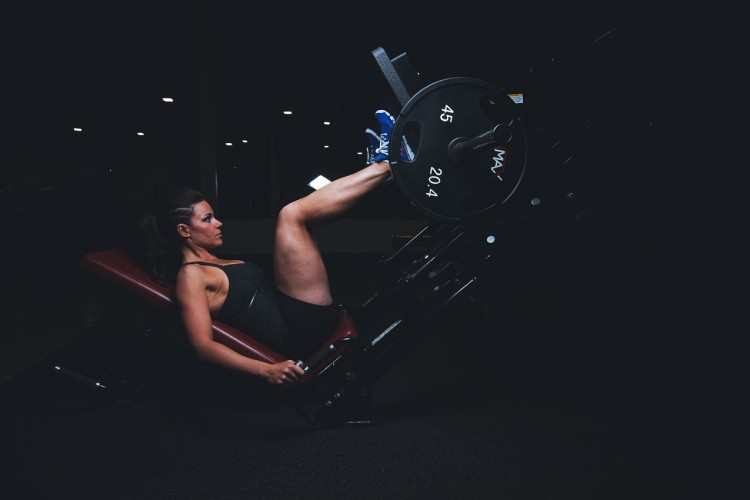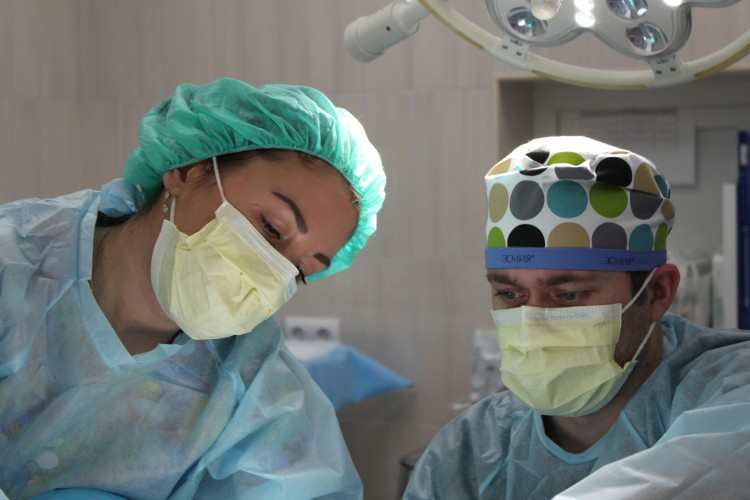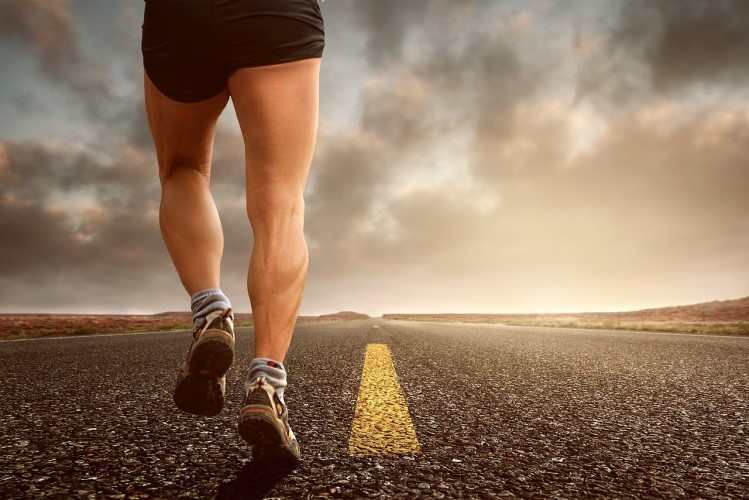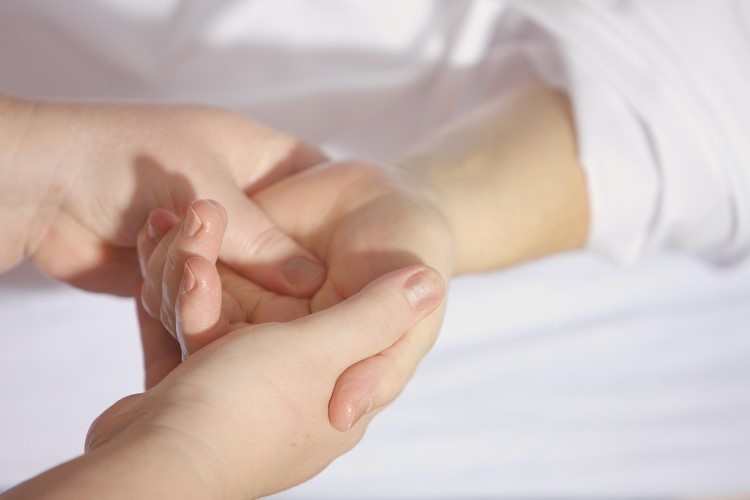
There are three basic training methods to correct posture problems.
Correcting posture problems starts with correcting posture.
The first, and simplest, is through correct posture. This correct posture includes how to stand, how to walk, and how to sit.
Let's look at how to stand first.
Most of the common body posture problems, such as forward head posture, rounded shoulders and hunched back, and anterior and posterior pelvic tilt, can be solved to some extent by a good standing posture.
When ready, you can stand up right now and follow me to adjust your posture.
Firstly, maintain neutral alignment. You should maintain a natural spinal curvature when standing, with a straight spine and relaxed shoulders, avoiding excessive forward or backward leaning of the entire body. Distribute your weight evenly over your feet, with your legs slightly apart and shoulder-width apart.
Keep your head naturally lifted with your eyes parallel to the ground. Avoid excessive lowering or tilting of the head to reduce pressure on the neck and shoulders.
Feel your abdomen tighten slightly, but not too hard to avoid excessive muscle tension. Knees can be slightly flexed without over-bending or over-straightening, which helps to take pressure off the entire lower back and knees.
You can ask a training partner to help you see if your earlobes, acromion processes, greater trochanter, and knees are all in the same plane.
If you already have posture issues, avoid wearing high heels again; they may cause a noticeable forward lean.
Adjust your gait
Besides standing, walking gait is also important, how do you know if you have a problem? Here's a little test for you.
Find a companion and get a softer yoga mat, the thicker the better, the kind that leaves footprints when you step on it. Take off your shoes, pull up pant legs, expose your knees, and walk on the mat from a distance of five meters, with your partner standing at the other end of the mat, directly in front of you, to observe you. Look at the footprints on the mat, see if they are symmetrical on both sides, and then see if you land squarely on your foot, or if the inside or outside of your foot lands first.
This examines your ankle joint. Whether the inner or outer side of the foot lands first, over time, the foot on your stressed side will hurt, the ankle joint will be painfully deformed, the entire center of gravity of your body will be unstable, and you will fall very easily when walking.
It is not difficult to correct this problem, you can consciously put the landing point in the middle of the foot. If the ankle inversion or eversion has already occurred, some orthotic braces can help you to assist in the correction.
Next, have a partner stand to the side of you and watch for genu recurvatum when you land on the ball of your foot. What do I mean by hyperextension, I've given you a diagram so you can compare it.
The fact is that the knee should not be allowed to over-straighten while we are standing. This is medically called knee hyperextension (aka hyperextension), and it not only brings about excessive damage to the knee joint and the ligaments near the joint, but it also goes on to damage your pelvis and spine.
That's why, while Mike walks 8,000 steps a day, his knees get ruined and even have to be replaced, while John next door maintains joint health.
The problem of knee hyperextension is usually not caused by your bad habits but by the weakness of your quadriceps, which can be strengthened by focusing on training.
Then, again, have your partner stand to the side and watch to see if your lower back bulges forward when your feet hit the ground. If it does, your partner will see you lift your chest and stomach. This is often a weak gluteus maximus, resulting in hip instability. Doing some gluteus maximus strengthening exercises can help.
Finally, it's a good idea to have a partner stand directly behind you and see if when you raise one foot, the hip of your other supporting leg bulges outward to the point where your entire body shifts off the center line and falls to that side of your supporting leg. This is a sign that you have definite gluteus medius weakness that is no longer sufficient to keep your pelvis stable as you walk.
This type of gait problem can be corrected with gluteus medius-focused training.
Refuse to be sedentary.
After talking about standing and walking, you might think I'm going to talk about a proper sitting posture next. Unfortunately, the best posture is not as important as avoiding sitting for long periods. So the right way to sit is, don't sit all the time.
Of course, if you can't avoid being sedentary, we're going to talk about how to maintain the best possible posture in the next session.
Here I would like to talk to you about leg-crossing. There's a lot of rumor that stooping is particularly unhealthy, but the evidence so far suggests that stooping is no more unhealthy than any other sitting position you have, and there's no need to force a restriction on it. Instead, there are a few points that you need to be aware of:
Firstly, crossing your legs can be done frequently, alternating between up and down positions, but not for more than an hour, and of course all other sitting positions are not recommended for more than an hour;
Secondly, if you are suddenly unable to perform the movement of crossing your legs, or if doing so causes pain, this is a red flag that there is a health problem in the hip joint or the surrounding muscles;
Third, although crossing your legs won't give you high blood pressure, it will briefly increase your blood pressure by 8-10 mmHg when you cross it, so don't cross your legs when you measure your blood pressure.
In addition to walking, standing, and sitting corrections, a more important second training method is to remember to change your posture often, preferably for half an hour and not more than an hour at the longest.
Remember, there is no such thing as perfect posture or movement, and there is no one sitting, standing, walking, running, or sleeping position that is right for everyone. You want to avoid holding the same position for long periods, any posture is a series of micro-adjustments, and this dynamic is very important to avoid that.
This dynamic is very important to avoid that certain muscles or movement units are continuously used, which can lead to fatigue. Therefore, the best posture is always the ‘next posture’.
 The Importance of Correct Calcium Supplementation
The Importance of Correct Calcium Supplementation How to Supplement Vitamin B with Limited Whole Grains Intake
How to Supplement Vitamin B with Limited Whole Grains Intake Reducing Risks Associated with Extended Sitting
Reducing Risks Associated with Extended Sitting Three Types of Cold and Flu Medicines to Keep at Home
Three Types of Cold and Flu Medicines to Keep at Home Have You Really Grasped the Simple Act of Weighing Yourself?
Have You Really Grasped the Simple Act of Weighing Yourself? Electronics and Blue Light Protection, Headphone-Induced Hearing Damage: Assessing the Health Impact of Electronics
Electronics and Blue Light Protection, Headphone-Induced Hearing Damage: Assessing the Health Impact of Electronics Gentle Skin Cleansing: Avoid Too Much Friction
Gentle Skin Cleansing: Avoid Too Much Friction The three dimensions of health: complete physical, mental, and social well-being
The three dimensions of health: complete physical, mental, and social well-being "The Water Dripping Through Stone" Principle: Incorporating Exercise into Your Lifestyle
"The Water Dripping Through Stone" Principle: Incorporating Exercise into Your Lifestyle













